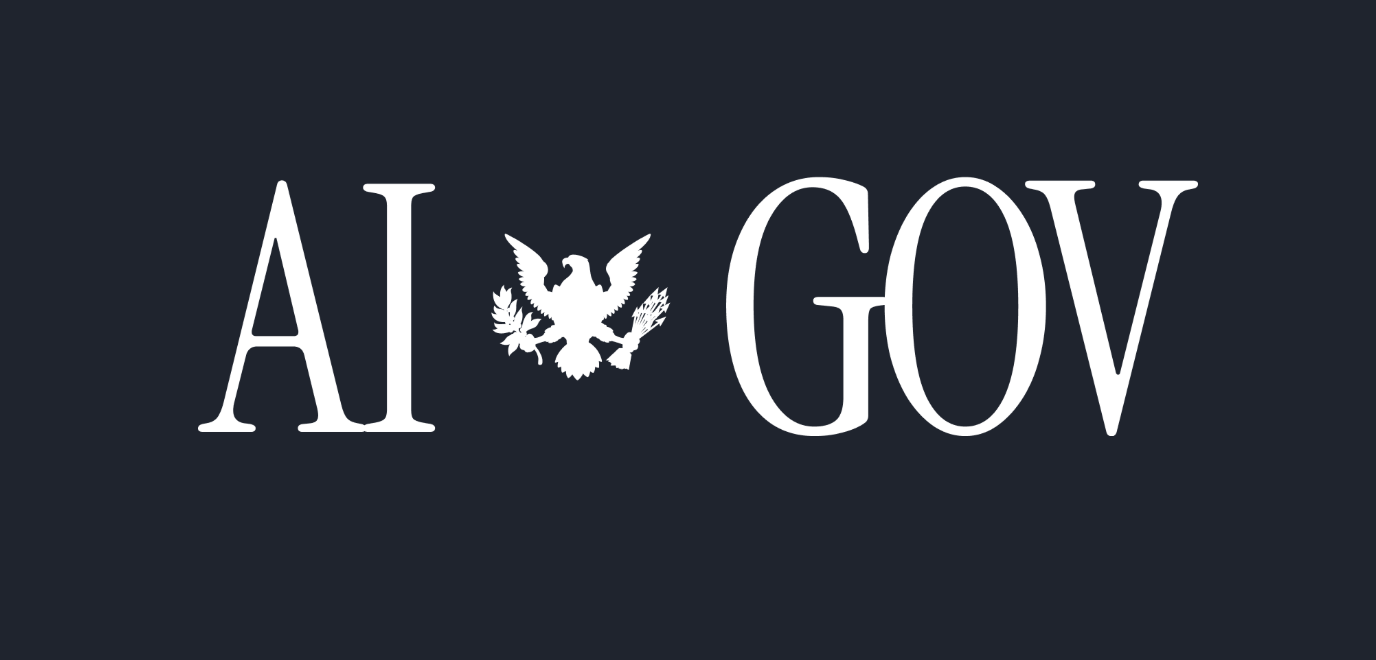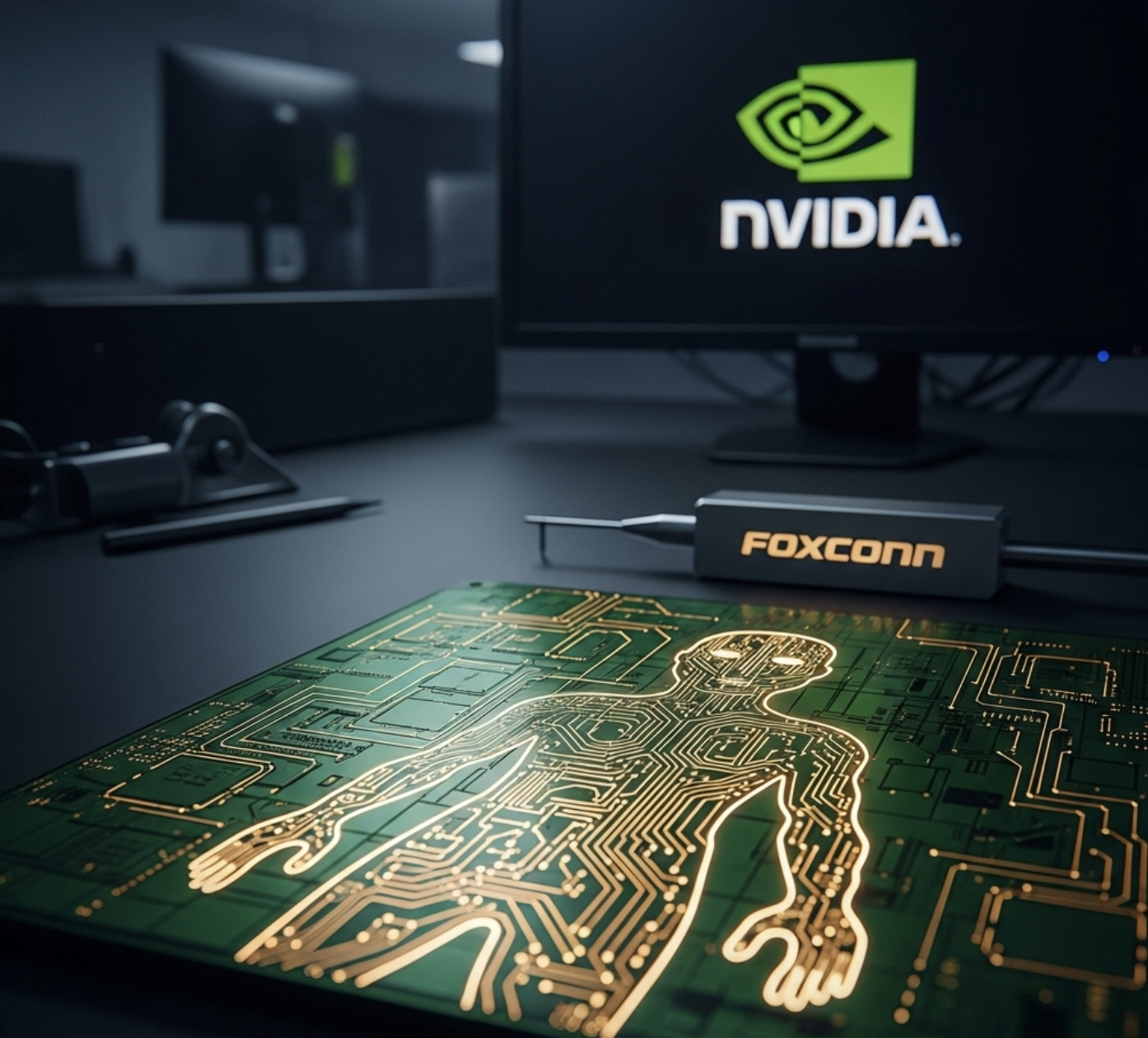
President Trump recently announced a substantial $500 billion AI infrastructure project called Stargate, coinciding with China’s unveiling of its DeepSeek R1 model. This new Chinese AI system reportedly outperforms its rivals, including those from OpenAI, in key areas such as advanced coding and mathematics—but at a fraction of the cost.
Technology expert Adam Button likens this scenario to a situation where a new smartphone with similar capabilities to the iPhone is offered for just $30. DeepSeek’s model not only matches OpenAI’s offerings but is also available for free download, potentially revolutionizing how AI is accessed and utilized.
This development poses a challenge to Western tech companies, as DeepSeek demonstrates that less expensive alternatives can deliver comparable results in performance and efficiency. This raises questions about the sustainability of current business models within the industry.
DeepSeek’s capabilities suggest a significant shift in the AI landscape, offering advanced tools for coding and other complex problem-solving tasks that could enhance productivity for users ranging from individual developers to large enterprises. The approach of making such technology freely accessible contrasts markedly with the monetization strategies typically pursued by U.S. companies.
The emergence of DeepSeek highlights an evolving competitive landscape in AI, where innovations from China are reshaping expectations and possibilities. As this contest continues, the implications for workflows, tools, and accessibility within the tech sector are substantial. The advancements made by DeepSeek may not only change how AI is developed but also how it is integrated into everyday applications across various industries.




